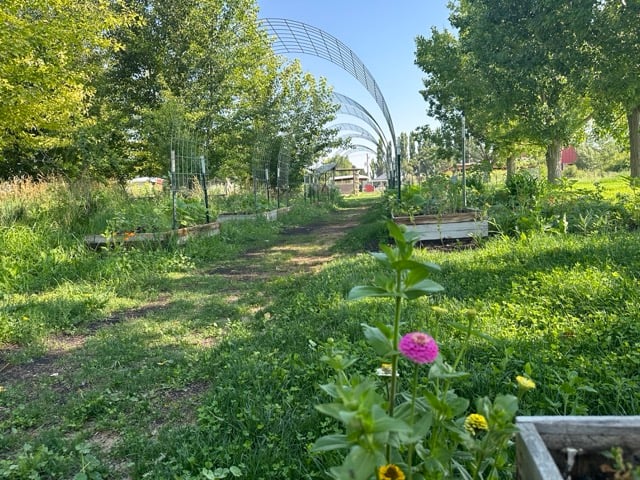A new bill could provide farmers with an incentive to keep their land in agriculture.
Rep. Kevin Andrus, R-Lava Hot Springs, speaking before the Senate State Affairs Committee, said he sought to introduce an update to the Agricultural Protection Area Act, passed by the legislature last year.
Andrus said updated language would clarify some aspects of the act, and create a mechanism for counties to provide a yearly payment to landowners who establish agricultural protection areas for their farmland.
The committee voted unanimously to introduce the legislation to the Senate after Sen. Jim Guthrie, R-McCammon, said he had previously offered to carry the bill.
What is the act about? And what would protection funds do?
An APA can be established on “activities or conditions conducted on land actively devoted to agriculture … or on forest land,” as defined in state code. Under the act, an APA designation would last for a minimum of 20 years, and require counties to establish their APA-related processes by January 1, 2025.
The updated bill adds a section to allow county soil and water conservation districts to create an agricultural protection area fund where they can receive “voluntary contributions from public and private entities.”
Within 30 days of the end of the fiscal year, the bill stipulates that the fund administrator would calculate the total contributions to the fund and distribute at least 95% to landowners in their district with an approved APA. Landowners would receive funding on a per-acre basis, and all APAs would be eligible regardless of when they were established, the bill text says.
The remaining funds would be used “to pay for administrative costs of the fund and to promote agricultural and soil and water conservation within the state.”
What would the update clarify?
While the bill initially required counties to establish APA-related standards and processes by January 1, 2025, the bill update appears to remove that date in several places while still specifying that “each” board of county commissioners will establish an agricultural protection area ordinance.
Another suite of changes appears aimed at clarifying that designating APAs will be done through an administrative process rather than through public hearings.
A new section of the act would specify that administrators must approve or deny an APA application within 60 days of receiving it. The bill text says counties must issue a written decision that includes certain elements, such as the standards used to evaluate the application, an explanation for the decision, and any action the applicant could take to get approval if the county denied their application.
It also outlines an appeals process for applicants, and says that the decision of the county commissioners will be subject to the judicial review process.
Other new language specifies that APAs will be designated on “a planning map” rather than “future land use planning maps,” and that creating APAs “shall not require a rezone, comprehensive plan amendment, or amendments to other comprehensive planning maps.” Rezones and comprehensive plan amendments typically require landowners to go through the public hearing process.
Another proposed update would allow landowners to apply for an APA for land both inside and outside of a city’s area of impact. A city’s area of impact specifies which county land the city can reasonably expect to annex in the coming years.
Discussion on whether farmland within a city’s area of impact can receive an APA designation drew a range of comments during discussions of Canyon County’s draft APA ordinance. Some who testified said it should not matter whether the land exists inside or outside of an area of impact, with one farmer saying that allowing it inside such areas would bolster urban agriculture.
The City of Nampa said allowing land inside of its area of impact to be designated as an APA would endanger existing city planning to develop infrastructure and deliver services into the area of impact as land is annexed into the city. Ultimately, the board opted to keep whether the land is in an area of impact as a consideration rather than prohibiting landowners in areas of impact from seeking APAs.





